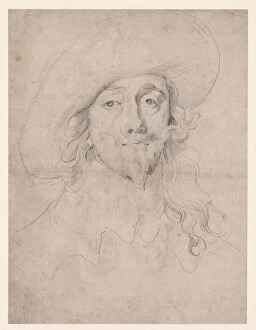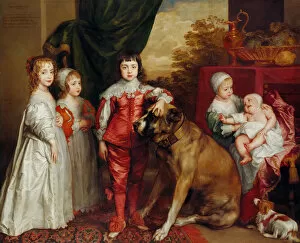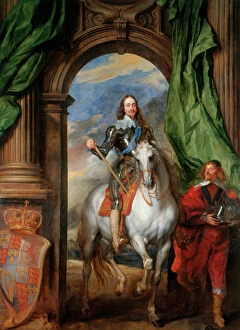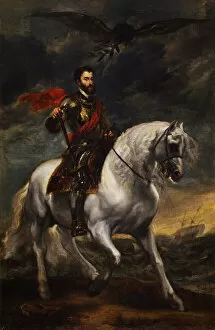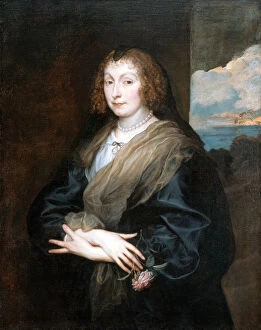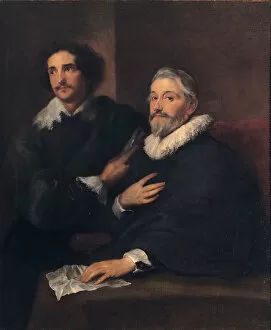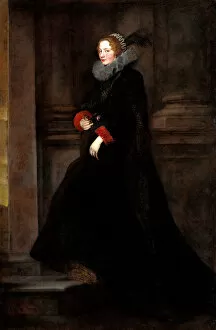Sir Anthonis Collection
Sir Anthonis van Dyck, a renowned Flemish artist of the 17th century, captured the essence of his subjects with remarkable skill and precision
For sale as Licensed Images
Choose your image, Select your licence and Download the media
Sir Anthonis van Dyck, a renowned Flemish artist of the 17th century, captured the essence of his subjects with remarkable skill and precision. His works encompassed a wide range of themes and individuals, from royalty to ordinary people. One notable series by Sir Anthonis is his portrayal of Charles I, King of England. In these paintings, created between 1631 and 1635, he depicted the monarch in various settings. The equestrian portrait with M. De St Antoine showcases Charles I's regal presence while riding alongside his trusted companion. Another significant work by Sir Anthonis is his self-portrait painted after 1633. This introspective piece reveals the artist's mastery in capturing not only physical likeness but also conveying emotions through brushstrokes. In addition to royal portraits, it also portrayed children in their innocence and youthfulness. "The Balbi Children, " painted around 1626, captures their playful spirits and sibling bond beautifully. Not limited to human subjects alone, Sir Anthonis ventured into other genres as well. His equestrian portrait of Emperor Charles V demonstrates his ability to depict power and authority even in non-human forms. Furthermore, he explored mythological themes such as "Vertumnus and Pomona" which depicts the love story between two Roman gods - an enchanting blend of fantasy and reality brought to life on canvas. Sir Anthonis' versatility extended beyond portraiture; he also delved into religious narratives like "The Tribute Money. " This painting portrays Jesus teaching about rendering unto Caesar what belongs to him – a powerful depiction that resonates with viewers even today. Through each stroke of his brush or pencil on canvas or paper respectively, Sir Anthonis van Dyck immortalized moments in time for generations to come. Whether it was capturing the majesty of kings or revealing the tender bonds within families or exploring mythology or depicting religious narratives, his art continues to captivate and inspire.

